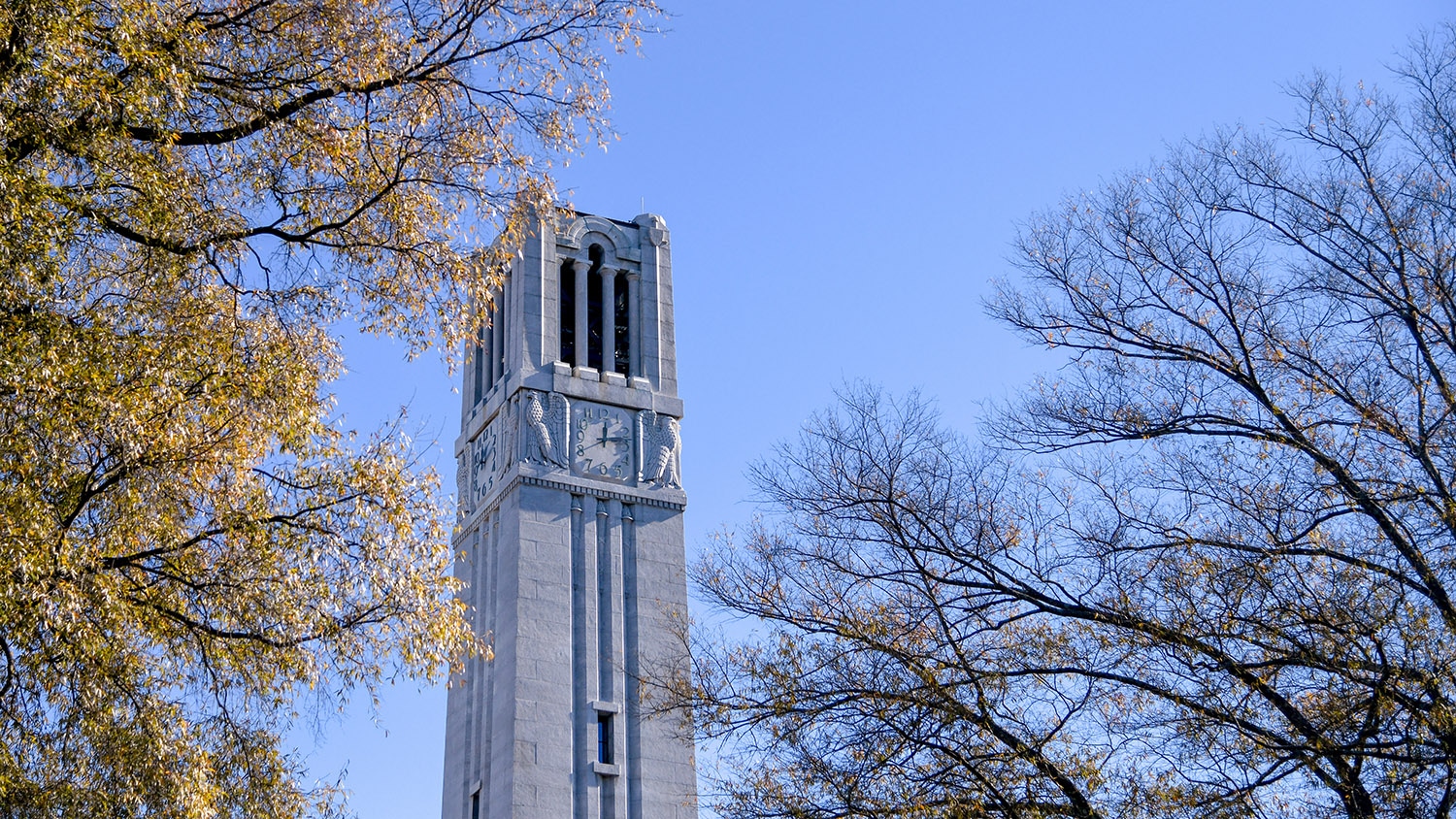STREAMLINE: Using AI to Solve Nuclear Physics Mysteries!
In a groundbreaking collaboration, scientists from multiple U.S. universities and national labs have come together to tackle one of the biggest challenges in nuclear physics – the nuclear many-body problem. This problem involves understanding the behavior of protons and neutrons within atomic nuclei, and it can get pretty complicated!
But fear not, because the team behind STREAMLINE (SmarT Reduction and Emulation Applying Machine Learning In Nuclear Environments) has a plan. They’re harnessing the power of artificial intelligence (AI) and machine learning to crack the code and make accurate predictions about nucleon behavior.
We sat down with Sebastian Koenig, assistant professor of physics at NC State and a key collaborator on the project, to get the lowdown on what they hope to achieve. Koenig is focusing on efficient emulators, which are tools that can make predictions at a dramatically reduced numerical cost compared to exact calculations. He’s also working on developing methods to describe unstable nuclei, those short-lived systems that decay.
But how exactly can AI and machine learning help solve these complex problems? Well, nuclear theory involves a level of complexity that often requires supercomputing capabilities. AI and machine learning can help simplify this complexity by identifying key patterns and learning what is essential to understand the fundamental nature of matter. Ultimately, this will lead to more accurate predictions about nature and a better understanding of atomic nuclei.
The applications of this work go beyond just nuclear physics. By addressing fundamental science questions, the team at STREAMLINE is contributing to nuclear science as a whole, and this has important implications for society. Furthermore, the techniques they develop could be applied to other domains of physics, helping to answer questions in various fields.
So who exactly are the masterminds behind STREAMLINE? The collaboration involves a diverse team from multiple U.S. universities and national labs, but Koenig will be working closely with researchers from Florida State University and Michigan State University. Together, they’re breaking boundaries and pushing the limits of nuclear physics.
Now it’s your turn to join the discussion! What are your thoughts on using AI to solve the nuclear many-body problem? Do you think this collaboration will pave the way for new discoveries in nuclear physics? Leave your comments below and let’s keep the conversation going!
IntelliPrompt curated this article: Read the full story at the original source by clicking here




